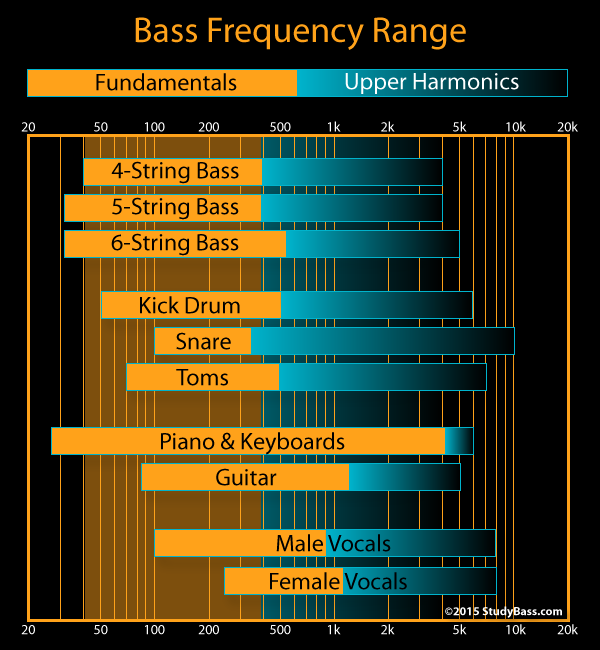A while back I shared a post about using EQ and I wanted to do a second part to it. I’ll review some of the information here and go on to offer some guidelines about using EQ. Please keep in mind that when you use any effect you really need to tailor your use to the music. One EQ or compression setting for the bass in one song might sound totally horrible in another.
Equalizers can change the sound of an instrument by changing the harmonics or frequency. When you change to sound of an instrument you can also change the sound of a mix – so when using any form of EQ – you will have to listen very carefully to the individual track and then that track in the rest of the mix. In other words, even if the instrument sounds amazing on its own, it could dramatically alter the whole balance of the mix.
SHELVING EQ is the easiest and usually the most cost effective. This EQ usually has a bass, mid and treble control on it. The bandwidth is usually “fixed” but you can increase or decrease the levels of each (bass/mid/treble). Compared to other forms of EQ – this is not used too much in professional audio applications – although when we are talking about effects the old saying “the rules were meant to be broken” can apply when you least expect it.
GRAPHIC AND/OR PARAMETRIC EQ are more common. Graphic equalizers were used commonly in the past but are not as accurate as parametric. The use of parametric equalizers is much more common; parametric equalizers offer much more versatility since you can select frequency, gain and bandwidth to a more accurate degree. Parametric equalizers can also have many levels to manipulate as opposed to just bass/mid and treble. They can have as few as 4 bands and as many as 25 or more. Another advantage of parametric equalizers is that they can be used as a filter to get rid of noise or any undesirable frequencies.
Here is a quick chart revealing some of the most important EQ frequencies:
| Frequency Region | What it’s good for… | Too much…. | Too little…. |
| 50-60Hz | Kick drum and bass | Sounds muddy | Not enough weight or depth |
| 100-200Hz | Punch to a snare | Sounds boomy | Sounds too thin |
| 200-500Hz | Warmth to piano, guitar or vocals | Lots of mud | Way too thin |
| 500-1000Hz | Adds body to a lot of instruments | Sounds hollow | Sounds thin/hard |
| 2kHz | Adds edge or aggression to guitar/vocals | Pain | Wimpy |
| 5-10kHz | Clarity and adds some life or air to the mix – really important for snare | Too gritty | No energy |
| 16kHz | Adds some air | Too gritty | Can sound “dead” |

Source: studybass.com
Using EQ is a balancing act and the whole concept of “less is more” is a good rule. The mid frequencies (200Hz to 2 kHz) are probably some of the most important areas in terms of EQ; this frequency range can help to add warmth to the mix if balanced properly. The levels above are just guidelines! The best mixes are based on two things – experimentation and experience. If you try to attain these two – your mixes will sound great in no time!
Dave
PRAY THE ROSARY EVERY DAY !!!

